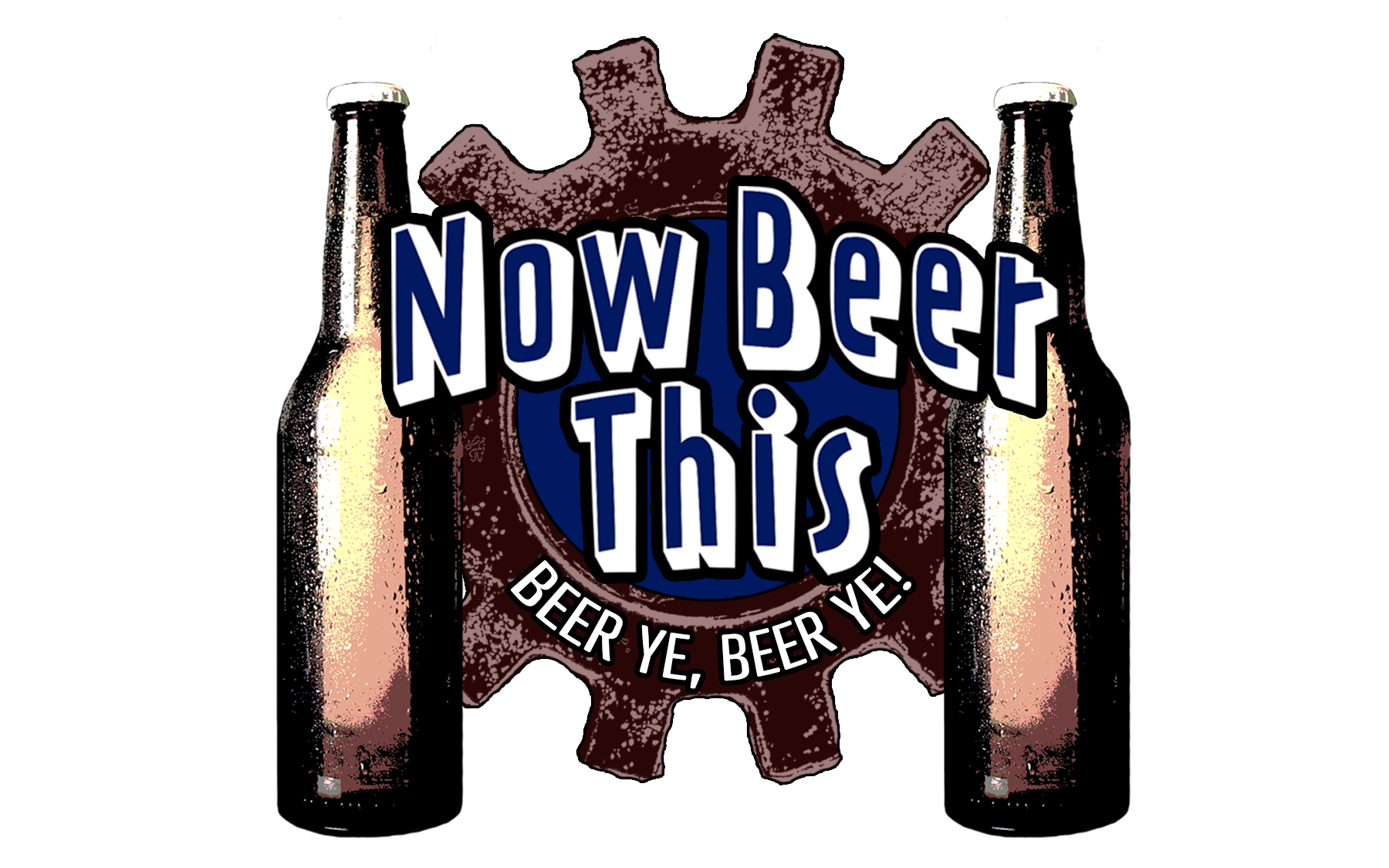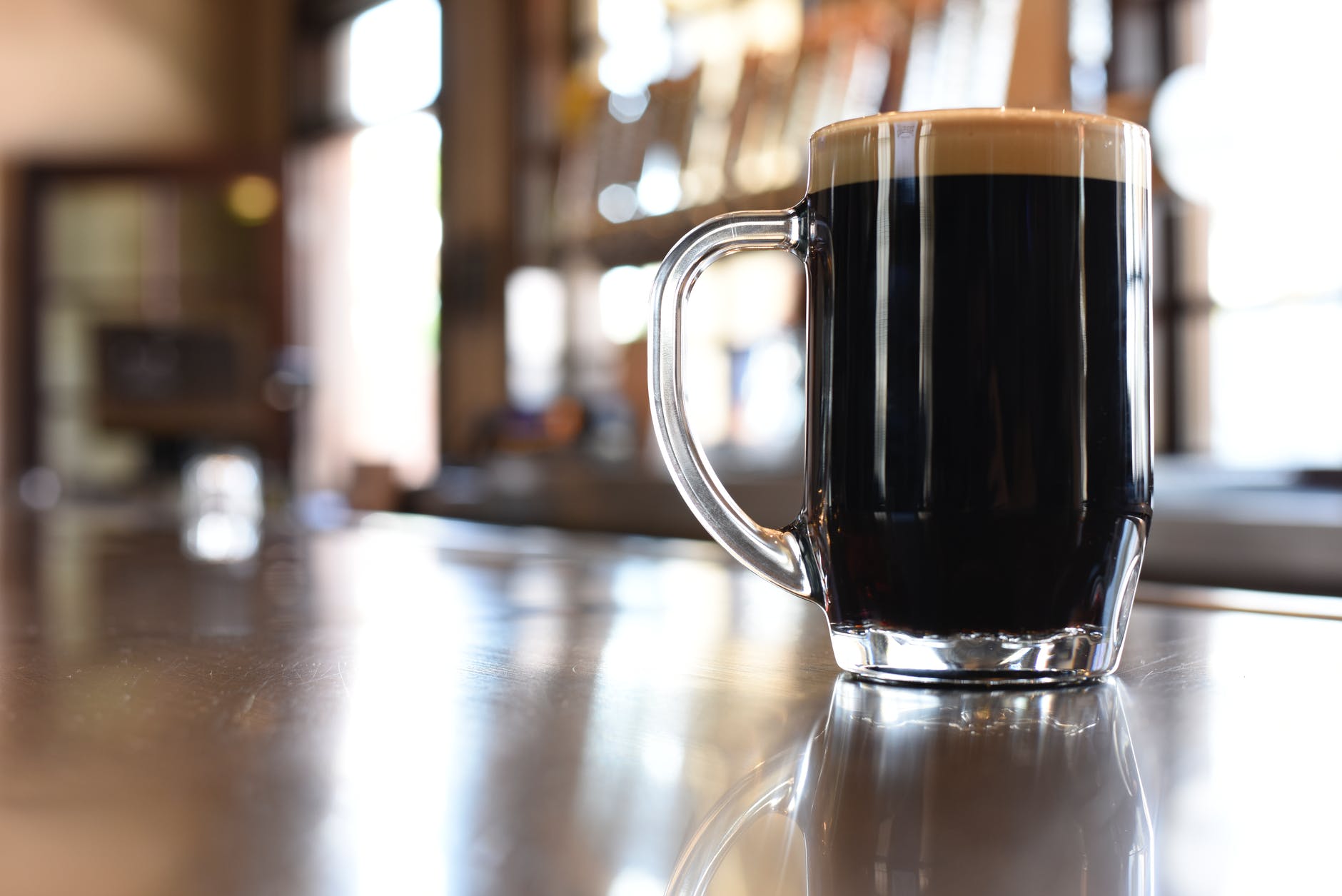One of the more recent trends in brewing is the Hazy IPA. They are ubiquitous, and they’ve become a bit of a flashpoint in the brewing industry. Lots of people LOVE to drink them. They’re juicy and delicious! But traditionalist, particularly brewers, have a hard time swallowing a beer that embraces what has been seen as a flaw for centuries of brewing – haziness.
Even in Sumerian texts about beer, one of the things found to be so amazing and miraculous about it was its clarity. Solid brewing technique should, generally, lead to sparkling, clear beer. Generations of brewers and beer enthusiasts have been taught to see haze as a defect, so it’s been a hard thing to turn away from.
Brewers that make Hazy IPAs (sometimes called New England IPAs) can use any number of tricks for that haze, but most of it comes from manipulation of already common beer ingredients: malt, yeast, and hops.
Some malts have more protein than others, so when you use wheat, rye, or spelt, sometimes you will get more cloudiness in your beer. Some yeast varieties sort of linger in the body of the beer as well. When you have little yeast arms and hands and feet floating in there, and you add hop particulate, those proteins act like glue, and the next thing you know is you have an almost opaque beer.
In the past, this was seen as sloppy brewing. But what adherents to this style found is that with those ultra-juicy American and Pacific hop varietals working with the milky mouthfeel of these hazy beers, the result is a luscious, citrusy brew that brings to mind happy memories of Orange Julius (if you’re an 80s kid, you probably remember these).
Are they good? Are they bad? You be the judge. Personally, I think if you aren’t drinking them just because they “look funny,” you’re probably also not far off from wearing black socks and sandals and yelling “GET OFF MY LAWN!” a lot. If they taste good, who cares? If you don’t want to drink them, fine. I for one am a fan and can’t wait to get more.

Related Stories
‹

Now Beer This: How Not To HomebrewHomebrewing is a fantastic hobby. It’s part science, so it’s intellectually stimulating. It’s part art ,so you can express yourself with it. And, at the end of the day, you can get drunk from your product. Hard to beat that kinda side hustle! But maybe you’ve been a bit hesitant to start up, because of […]

Now Beer This: Beers for Your Stupid Friends Who Don't Like BeerBeer for your stupid friends who don’t like beer? Well, first, you shouldn’t be hanging out with those people. It’s 2020 and there’s enough negativity out there already. Ditch ’em. But if you can’t ditch ’em, then maybe you can turn ’em! This is actually one of my favorite past times: Trying to convince non-beer […]

Now Beer This: Christmas Gifts to and From Your Local BreweriesYou might be surprised to hear this but sometimes I need a little inspiration for this article. I might just not have some fantastic beer knowledge to drop at the time so I’ll often peruse beer news sites to see if something jumps out at me. What I’m seeing in the past few weeks is really, really […]

Now Beer This: Election Results PanaceaWe’re all probably going to need a really strong-@$$ drink soon, so let’s talk about super-high ABV beers! As with many aspects of brewing, there are no hard and fast rules. There is no one style that is always the highest in alcohol content, but high ABV (alcohol by volume, the traditionally accepted measurement of […]

Now Beer This: Craft Beer Needs Your HelpTalking about craft beer normally gets me all excited but I have to admit it’s kind of a downer these days. Every day I wake up and read about another brewery closing and it makes me terribly sad for the future of this industry, and selfishly sad for our ability to easily access top-notch beer. Who […]

Now Beer This: Black IPAs, the Oxymoron Beer StyleWhat does “IPA” stand for? India Pale Ale. Pale. That’s right. So when you call a beer a Black IPA, you’re obviously contradicting yourself; how can a beer be black and pale at the same time? How can we live with this!? Here’s the answer: Shut up. It doesn’t matter. Some people get their lederhosen […]

Now Beer This: Coffee Beers, 'Tis The SeasonI am a study in contrasts, to be sure. On the one hand, I love traditional beer styles and brewing methods and curl my lip at new-fangled, fabricated styles. On the other hand, you throw some coffee into ANY beer style, and I mean ANY beer at all, and I’m probably going to like it. […]

Now Beer This: Where Do I Be Drinkin'?It’s crazy times, I know. Many of us are scared to go out and do the things, and those that aren’t are very much hobbled by the rules – sometimes promulgated by government and sometimes reflecting the concerns of business owners – that restrict what we can and cannot do. If you’re a beer drinker in […]

Now Beer This: The Beer Nerd Preaches on Berliner WeisseIf you had asked me six or so year ago, what European beer style is least likely to become popular in America, I’d have told you “Berliner Weisse, almost certainly.” Why? Back in the day, there were two things that drove beer popularity: hoppiness and ABV. The Berliner Weisse does neither of those things well. […]

Now Beer This: Beers for Your Wine-Drinking FriendsWe all have them. We might not admit it, but they are in our lives. They lurk at your get-togethers, Solo cup in hand, doing their best to fit in with the normal people. For all intents and purposes they look like normal people, but if you look past the friendly facade and into the […]
›






